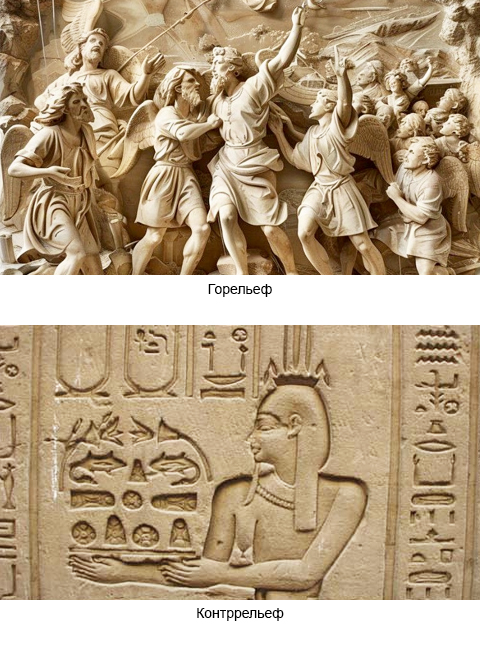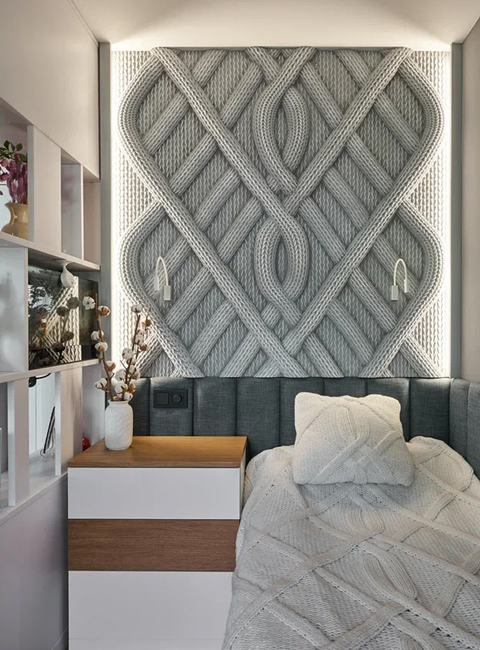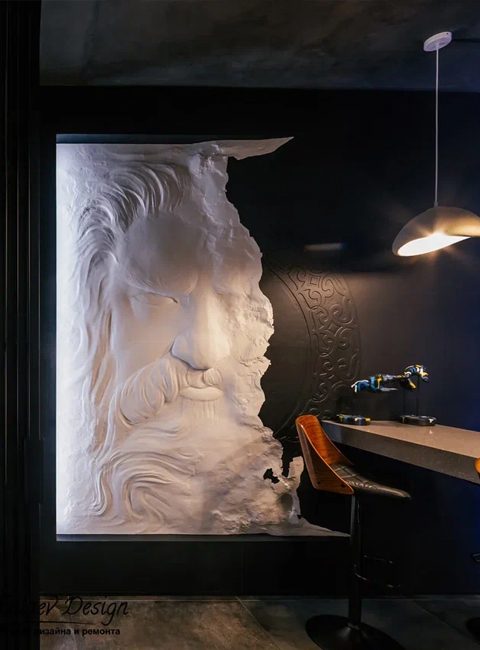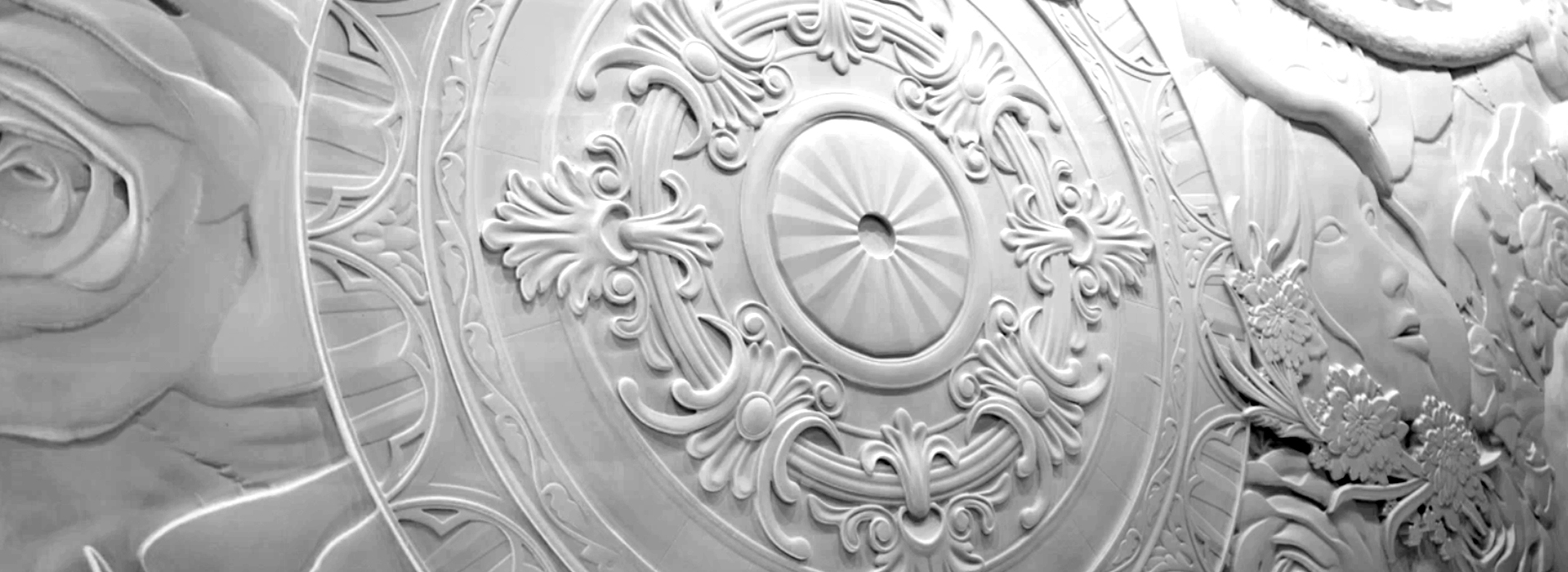When it comes to bas-relief on the wall, namely gypsum bas-relief - a current modern trend in the design of spaces, even professional designers do not always have a complete understanding of the variety of types of bas-relief and the entire palette of options for their use. In this material, we will examine in detail the distinctive features of the types of bas-relief, and talk about how you can use bas-relief on the wall in an interior design project.
WHAT IS A GYPSUM BAS-RELIEF?
A simple definition of a bas-relief on the wall, which is given to us by the encyclopedia - a type of relief sculpture in which the image protrudes above the background plane by no more than half of its volume. Unlike a regular full sculpture, which can be walked around 360 degrees, a plaster bas-relief is attached to the wall and does not allow you to view it from all sides. It is easy to understand what a bas-relief on a wall looks like: imagine a bowling ball or a watermelon, cut it in half and glue the cut side to the wall - this will become a bas-relief.
TYPES OF BAS-RELIEF
The main types of bas-relief, or rather relief sculpture, include high relief, bas-relief itself (or low relief) and counter-relief.
• High relief
High relief is called high relief. This is our very plaster watermelon, which protrudes more than half from the wall surface. Figures on such a bas-relief in some compositions can even stand alone, provided that other elements of the bas-relief are partially immersed on the wall. This type of bas-relief is incredibly expressive and requires high skill and experience of the manufacturer.
• Bas-relief
As we have already said above, if no more than half of the volume of the figure protrudes from the wall surface, then you have a bas-relief (synonym "low relief") in front of you. Bas-relief on the wall is a very current trend on the one hand, and a classic rooted in the history of art and architecture on the other.
• Counter-relief
Counter-relief is a recessed type of bas-relief. If you print our watermelon on a soft surface, for example, in clay, you will get a counter-relief - a recess in which the imprint of the object is visible. This is, so to speak, a negative of the bas-relief.
Thus, there are three main types of bas-relief: high relief, bas-relief (also known as low relief) and counter-relief. When creating an interior design project with a bas-relief on the wall, you can use any of these variations.
BAS-RELIEF ON THE WALL — A CURRENT TREND IN INTERIOR DESIGN
In recent years, gypsum bas-relief has become a real hit in the world of interior design. This fact is confirmed by the successful cooperation of DECO LINE with hundreds of leading interior designers in Russia and abroad. With the help of gypsum bas-reliefs from DECO LINE, they create unique premium projects with expressive accents and add volume and depth to the space.
Bas-relief on the wall has gained popularity due to its artistic appeal and opportunities for creative design. Many clients come to DECO LINE with their own original sketches, according to which our designers make, without exaggeration, not just gypsum bas-reliefs, but real masterpieces.
HOW TO USE GYPSUM BAS-RELIEF IN THE INTERIOR
• Walls: The most common option for using any type of bas-relief is wall decoration. These can be either large fragments or decorative panels or bas-reliefs on a small wall.
• Ceilings: High ceilings can be decorated with luxurious plaster bas-relief elements that will create a feeling of grandeur and elegance.
• Niches and alcoves: Plaster bas-relief can be incorporated into elements of the room layout, such as recessed niches. This will add special charm to the furniture items located there, such as a bed or a dining group.
Bas-relief on the wall, as an element of decor, continues to be relevant and in demand in many modern interiors. The success of gypsum bas-reliefs is explained not only by visual appeal, but also by the ability to create a unique and individual style. Used in the manufacture of any type of bas-relief, gypsum is a unique material: environmentally friendly and durable, it can be painted in any shade at the discretion of the customer.
If you want to emphasize your taste and creativity, add a special twist to the interior design, a bas-relief on the wall is the perfect choice for this purpose!
Contact DECO LINE specialists for advice on the manufacture and delivery of gypsum bas-reliefs by phone:
+7 (985) 33 66 999 Sales Department
or send your message
sales@decoline.org






